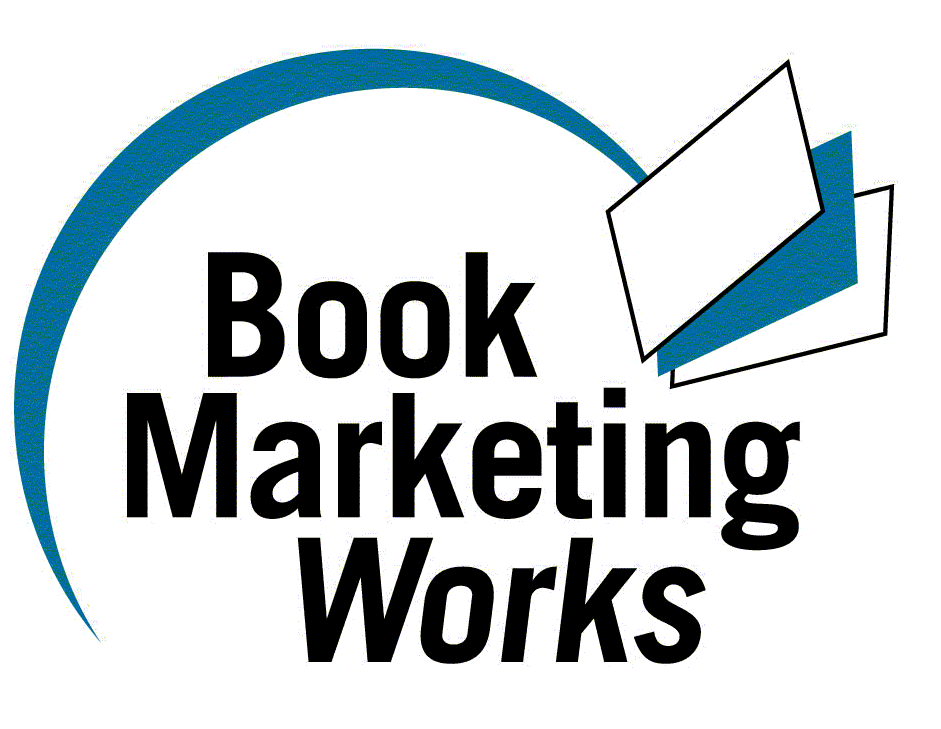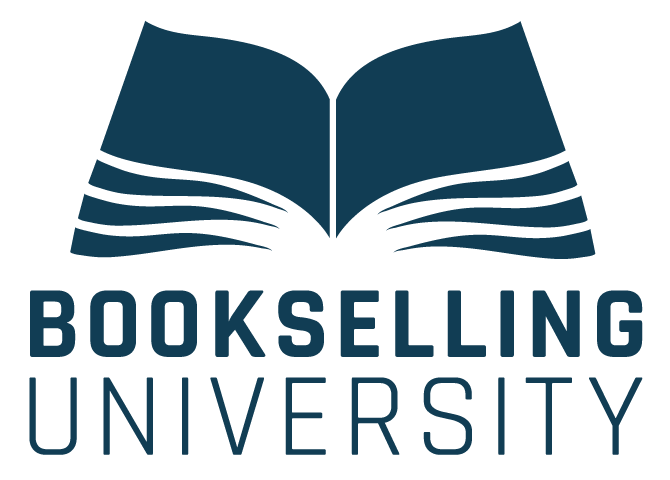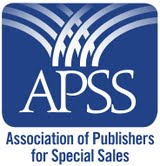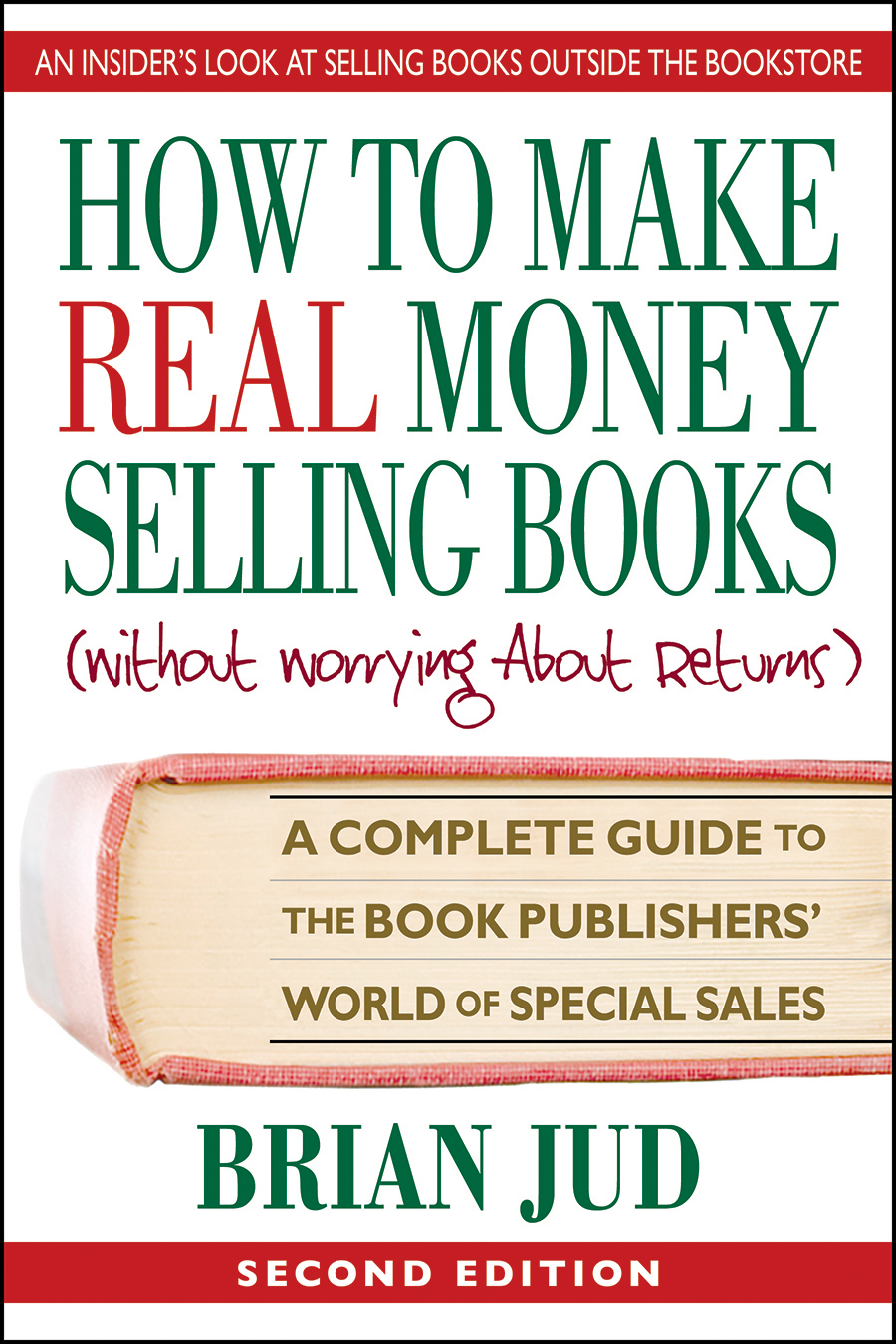|
4 x 4 Marketing Brian Jud Nothing happens until something is sold. That has been the call to arms for generations of salespeople. Even today, independent publishers make marketing decisions that are designed to facilitate the sales process. We publish books, distribute, price and promote them to entice people to buy them so that we make a profit. However, the book-buying public looks at the process differently. According to our potential customers, nothing is sold until someone buys something. From their perspective books are not sold, they are bought -- and publishers would make more money if they made it easier for people to buy. Consumers are looking for worthwhile information that is easily accessible, priced properly and that they understand will help them. In short, publishers want to make a profitable sale and readers want to spend as little as possible. How can book marketers create a mutually beneficial solution from these mutually exclusive perspectives? It can happen by viewing book marketing as the process that occurs where book selling and book buying meet. This concept may be easier to understand if you look at it as a decision-making matrix. Across the top of the matrix are the four areas under your control as marketing manager. These are the product, the places in which it is sold (distribution), its price and the ways in which it is promoted. On the vertical axis are the stages in which the buyers will have some experience with your book. Marketing Decision Matrix
This matrix forces you to plan how you will design and implement marketing strategies where the needs of buyer and seller intersect. It requires you to think not just about publishing a book, but about where you can create a positive experience for everyone involved. For example, the product decisions are under your control. Since the first step in the buying process is the decision to purchase the product, does your book look appealing? Will people want to buy it? Next, is it in a size, weight and shape that will minimize delivery costs and handling aggravation? How will people use your book? Will your user-friendly, spiral-bound cookbook simultaneously annoy bookstore buyers? If so, you could produce a book with a readable spine that can also lay flat. And if you consider that your used books will end up on sale at Amazon.com you can use that to your advantage by discreetly mentioning your other products throughout the text and including an order form for your additional titles. Similarly, publishers think about distribution in terms of whether or not they should use a distributor, wholesaler or both. But consumers do not care. They only know that when they need information on a topic they seek it according to habit. This may be from an online source (only one of which may be Amazon.com) or it may be at their local library. And if you make the wrong marketing choices, you will then have to search for remainder dealers. In many cases, publishers price their books as a function of their printing costs. However, readers do not care about your costs; they are interested in what the price is to them. You may decide to offer a discount to entice readers to purchase your books in addition to special terms for overnight delivery. The most important result of your pricing decision is the perceived value the reader gets from reading your book. If he or she feels the information or entertainment was worth the price, then you will be rewarded with positive word-of-mouth advertising. Finally, promotion strategy is dependent upon the buying process. Point-of-purchase displays in bookstores are generally too expensive for independent publishers, although many stores will give you POP exposure to promote booksignings. Think of other ways in which you can reach prospective buyers. Direct mail and sales literature may be considered POP displays, as may websites and trade show exhibits. Under some conditions, you may choose to have your books remaindered, or you could give them away in a flurry of media publicity. Limitless possibilities There appear to be 16 possible marketing options in the Marketing Decision Matrix, but in reality these may be manipulated in an unlimited number of combinations. The product could take various forms, such as a book, a software package or an audiocassette program. Each of these would require a different combination of distribution, pricing and promotion. Similarly, your choice of market segment could dictate a unique distribution network that in turn affects the other variables. Since each new combination yields different results under varying market conditions, there may be limitless variables with which you must contend. The planning process is similar to using a kaleidoscope. There are a finite number of pieces, but you can create an infinite number of combinations simply by rearranging them. Think about how people buy and read your books then plan to make it as easy as possible for them to do so. Sell something to someone who wants to buy and the sales process will be mutually beneficial. Brian Jud is an author, speaker, seminar leader, book-marketing consultant and creator of the Book Marketing Battle Planä for special sales. Contact Brian at P. O. Box 715, Avon, CT 06001; (800) 562-4357; fax (860) 276-2453; brianjud@bookmarketingworks.com or visit http://www.bookmarketingworks.com
|
Check out these testimonials...





